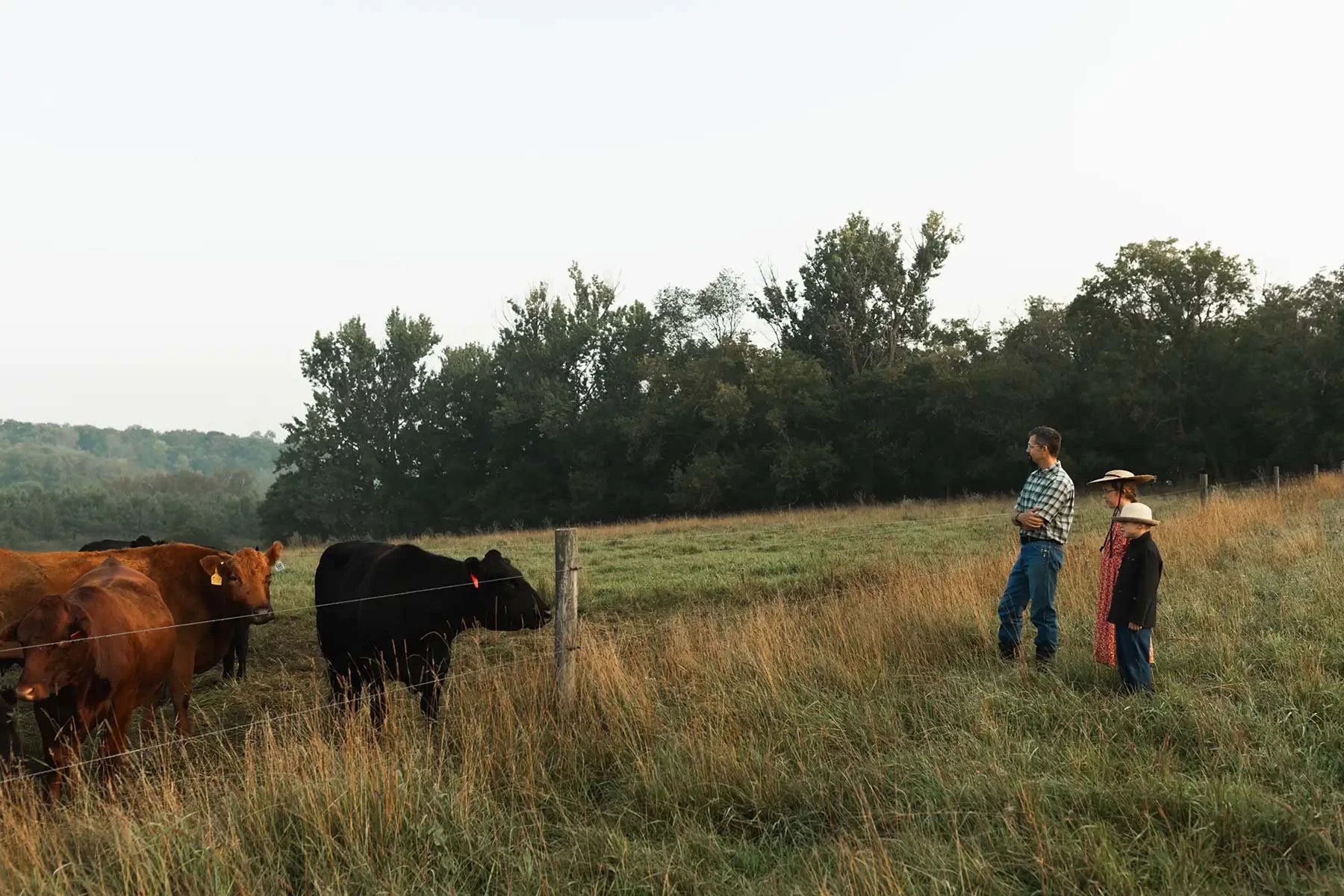“Beyond Organic”
Management Plan
There are no harmful chemicals used in any phase of beef production at StoneBridge Beef.
The essence of organic production for many folks is simply a list of forbidden practices. We believe, however, that our beef must be much more than “free from….” The following are some examples.
Nutrient Density
'You-are-what-you-eat' applies to cattle health and human health in amazingly similar ways. Food is much more complex than the advertising babble would have us believe. Green plants are the source of a complex array of nutrients required for both human and animal health. Cows are able to convert complex fats, minerals and other nutrients from a wide range of indigestible plants (in the human gut) into complex, nutrient-dense foods. That is why our cows’ diets are based on grasses, legumes and forbs. Kelp, flax, vitamins, and minerals are used as supplements when appropriate.
Grass-fed
Grass-fed is superior to “corn-fed” because cattle have four-rumen stomachs, with specific bacteria that thrive on plants, not grain (seeds). Seeds are high in starch to serve the plant's reproductive needs; but cattle on grain simply get-fat-too-quickly. There are side effects, missing nutrients, and a mushy flavor. Feedlot cattle are often fattened on agricultural and industrial byproducts, but that is another truly bizarre story.
Rotational Grazing
We use intensive rotational grazing at StoneBridge Beef. Historically, the Central Plains were known for their primal prairie ecosystems, producing vast herds of bison, elk, and cattle. Episodes of intense but intermittent grazing have been essential to the health of the animals, the soils, and all other components of this successful system. We do our best to simulate these incredibly productive processes using appropriate management tools. (There is extensive reading material available.) We love to discuss our management tools during your farm visits.

